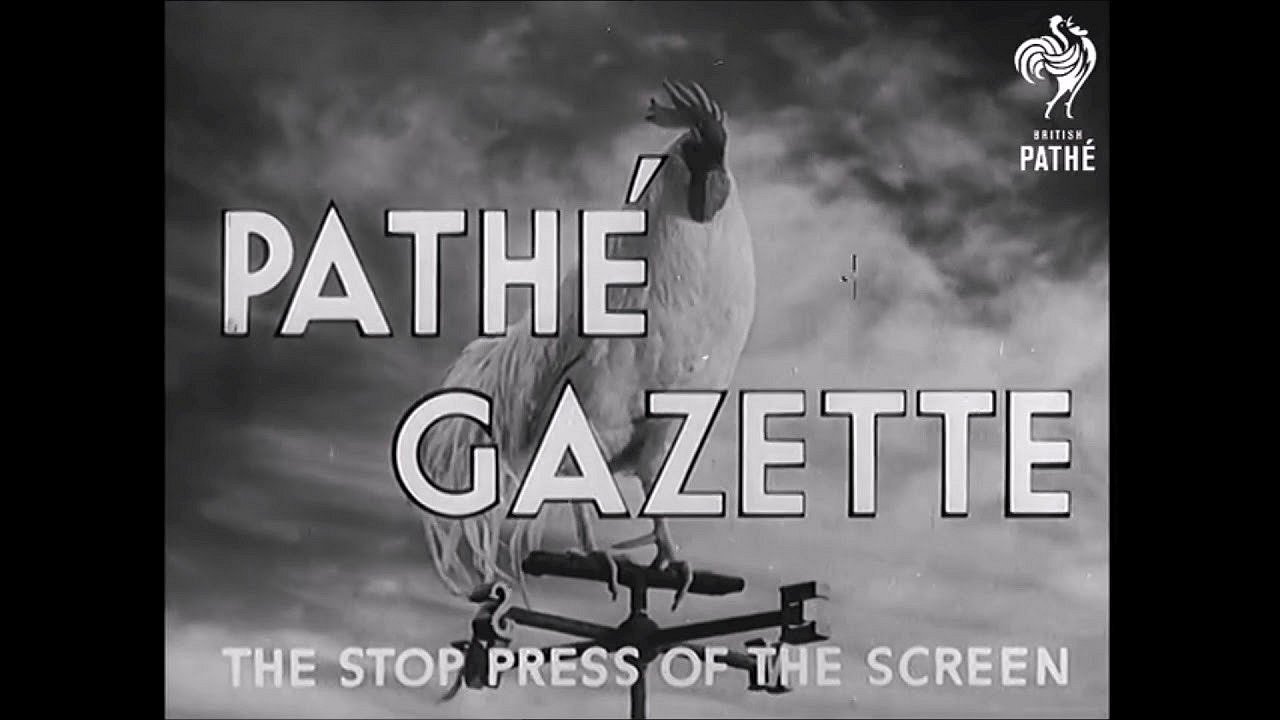Sources in the discussion of film history and the birth of newsreels
5.12.2023

Sources in the discussion of film history
Creating an inventory of sources that can be used in writing film history is a demanding task, but certainly necessary. The undertaking is not easy, as the historiography of the film has not yet fully structured its sources.
Since the twentieth century, history is no longer a history that is bound only to written sources or classical iconography of art. It has acquired a new, very important resource, which is film. Since 1895, when the Lumière brothers started the first pay-per-view film screenings, film has spread very rapidly on all levels. Since films were silent, it was a language understood by the wider population. Since then, we have a wide range of footage, scenes, locations, personalities and facts available. The footage is important, it exists, and it would be unwise not to use it when considering the history of film and history in general.
When dealing with the history of film, the primary source is the film itself. Unfortunately, many films were lost or destroyed and no longer exist today. It is therefore necessary to use other sources. For example, film reviews, descriptions of films and posters that were used in the distribution. If we don't have the film, all these secondary sources instantly become primary sources in writing the history of something that no longer exists. So, if films exist, they are welcome and must be seen and understood before we can discuss them. However, if we do not have the work itself available, we must take the entire material that was created about and for the film in consideration.
The birth and development of newsreels
A film newsreel is an informative short film format, usually consisting of several short segments reporting on current events. They were usually screened in theaters before the feature film began. This format is characterized by a generally documentary or reportage style and a relatively fast pace of reporting determined by a limited duration.
Newsreels as a format of informational cinema show were born in France at the beginning of the twentieth century and were already established in the era of silent films. The idea came to the pioneer of the French film industry, Charles Pathé, in 1908. So, the film format is a French invention, which the French later exported to the United States of America. Newsreels found fertile ground across the pond and very quickly reaped enormous success there. The American market was disproportionately larger than the French one. Newsreels were created by both large film production houses, which used them to open the screenings of their films, as well as medium-sized or smaller production houses, which were established specifically for the production of short films.
An important milestone in the content and subject matter of newsreels was the onset of the Second World War. At that time, opinion polls became an effective propaganda political tool, which totalitarian regimes successfully used to manipulate and shape public opinion. In the years immediately following the Second World War, however, film newsreels became a truly popular periodical format, focusing mainly on news about customs, sports, entertainment, fashion, major news and political events, but treating the above in a light and unpretentious manner.
In the 1970s, the popularity of newsreels began to decline and they gradually began to disappear from cinemas, because by then television had already established itself as an excellent tool for mass communication, and at the same time, the short film as a form of film production was in crisis. During the same period, the ways in which the public was encouraged to enjoy cinematic entertainment also began to change, becoming more and more a simple consumer product.
Paolo Caneppele graduated in modern history at the University of Bologna and received his doctorate in art and cultural studies from the University of Linz. He managed research projects and publications at the Austrian Film Archive (Filmarchiv Austria) (1997-2002) and was director of the library and the Photographic and Graphic Archive at the Bologna Cinematheque (2002-2004). Between 2004 and 2018, he was responsible for all the collections of the Austrian Film Museum in Vienna, the institution where he now looks after the non-film collections. He is currently a professor of archival and cinematographic resources at the University of Udine.
He has completed numerous studies on the history of cinematography, censorship, domestic films, local history of cinematography, etc. Among the many books, we also find two interdisciplinary works that touch various topics such as cinematography, advertising, figurative art and literature. The first work is dedicated to the Polish writer Bruno Schulz, La repubblica dei sogni. Bruno Schulz, cinema e arti figurative (Republic of dreams. Bruno Schulz, film and figurative art), published by Kinoatelje. The other focuses on the terrifying end of the world in 1910 I capelli della cometa. Di esseri in fiamme, catastrofi varie e donne in bicicletta (The hair of a comet. About beings in fire, various catastrophes and women on bicycles), which was published in 2008. In 2021, he published the book Sguardi privati. Teorie e prassi del cinema amatoriale (Private views. Theories and practices of amateur cinema).





